Advancements in Diagnostic Techniques
The evolution of diagnostic methodologies is significantly influencing the Overt Hepatic Encephalopathy Market. Enhanced imaging techniques and biomarkers are facilitating earlier and more accurate diagnosis of hepatic encephalopathy. For instance, the introduction of non-invasive tests and advanced neuropsychological assessments allows for timely intervention, which is crucial in managing the condition effectively. As healthcare providers increasingly adopt these advanced diagnostic tools, the market for overt hepatic encephalopathy is expected to expand. The ability to identify patients at risk of developing overt hepatic encephalopathy can lead to improved patient outcomes and reduced healthcare costs. This trend indicates a growing recognition of the importance of early diagnosis in the management of liver-related disorders, thereby driving the Overt Hepatic Encephalopathy Market forward.
Increasing Prevalence of Liver Diseases
The rising incidence of liver diseases, particularly cirrhosis and hepatitis, is a primary driver for the Overt Hepatic Encephalopathy Market. As liver dysfunction progresses, the risk of developing overt hepatic encephalopathy escalates, leading to a greater demand for effective treatment options. According to recent data, liver diseases are among the leading causes of morbidity and mortality worldwide, with millions affected annually. This trend is likely to continue, as lifestyle factors such as alcohol consumption and obesity contribute to liver health deterioration. Consequently, healthcare systems are increasingly focusing on managing liver-related complications, thereby propelling the growth of the Overt Hepatic Encephalopathy Market. The need for innovative therapies and management strategies is becoming more pronounced, suggesting a robust market potential in the coming years.
Regulatory Support for Innovative Therapies
Regulatory bodies are increasingly supporting the development of innovative therapies for hepatic encephalopathy, which is positively impacting the Overt Hepatic Encephalopathy Market. Initiatives aimed at expediting the approval process for new treatments are encouraging pharmaceutical companies to invest in this therapeutic area. The introduction of regulatory frameworks that facilitate faster access to novel therapies is likely to enhance patient care and improve treatment outcomes. Moreover, the emphasis on patient-centric approaches in regulatory policies suggests a growing recognition of the importance of addressing the needs of individuals suffering from hepatic encephalopathy. This supportive regulatory environment is expected to stimulate market growth, as it encourages the development of effective and safe treatment options for patients.
Aging Population and Associated Health Issues
The demographic shift towards an aging population is a notable driver of the Overt Hepatic Encephalopathy Market. As individuals age, the prevalence of chronic diseases, including liver disorders, tends to increase. This demographic trend is particularly concerning, as older adults are more susceptible to developing complications related to liver dysfunction, including overt hepatic encephalopathy. The World Health Organization has projected that the proportion of older adults will continue to rise, leading to a corresponding increase in healthcare demands. Consequently, healthcare providers are likely to prioritize the management of liver-related conditions, thereby enhancing the growth prospects of the Overt Hepatic Encephalopathy Market. This demographic factor underscores the need for tailored treatment approaches to address the unique challenges faced by the aging population.
Growing Investment in Research and Development
Investment in research and development is a critical factor propelling the Overt Hepatic Encephalopathy Market. Pharmaceutical companies and research institutions are increasingly focusing on developing novel therapeutic agents and treatment protocols for hepatic encephalopathy. Recent studies have highlighted the potential of new drug candidates that target the underlying mechanisms of the condition, which could lead to more effective management strategies. The financial commitment to R&D in this area is indicative of the market's potential, as stakeholders recognize the unmet medical needs associated with overt hepatic encephalopathy. Furthermore, collaborations between academia and industry are fostering innovation, suggesting that the Overt Hepatic Encephalopathy Market may witness significant advancements in treatment options in the near future.


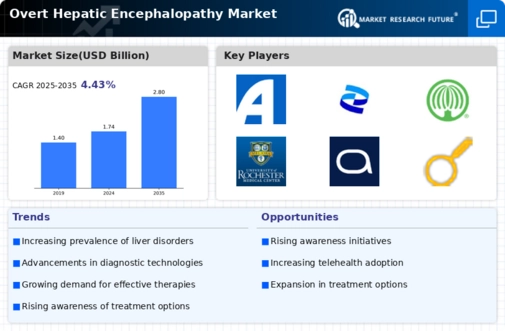
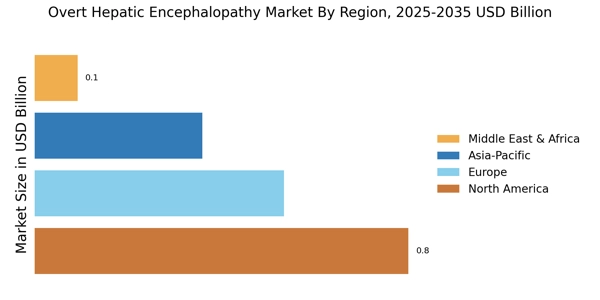

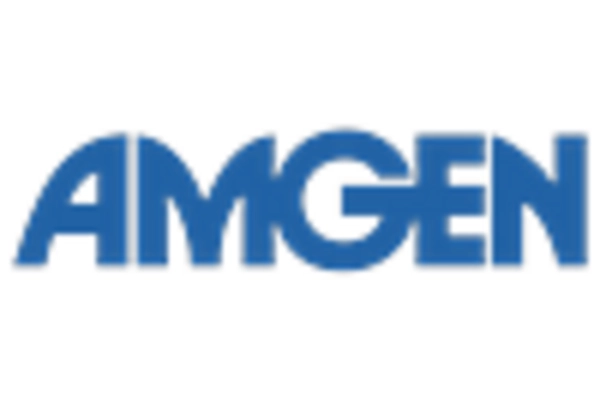

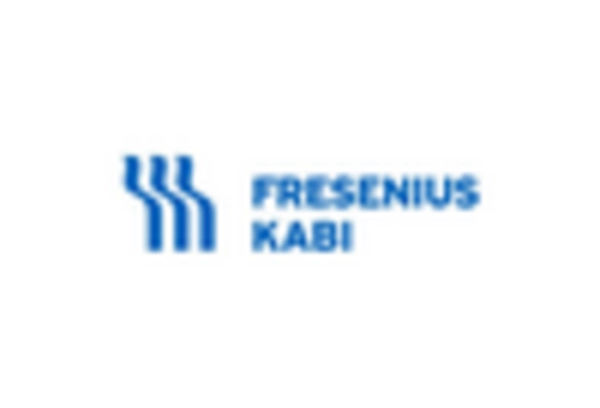
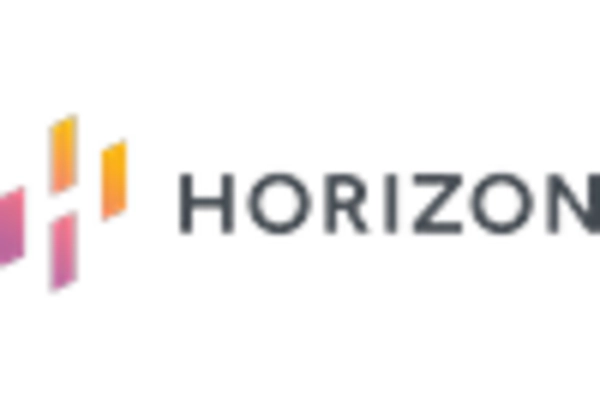









Leave a Comment